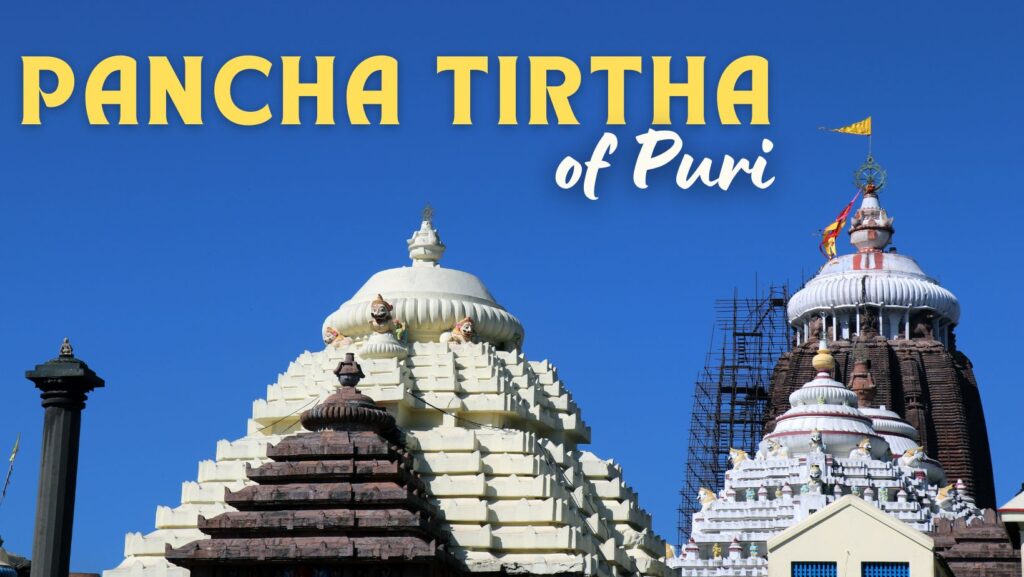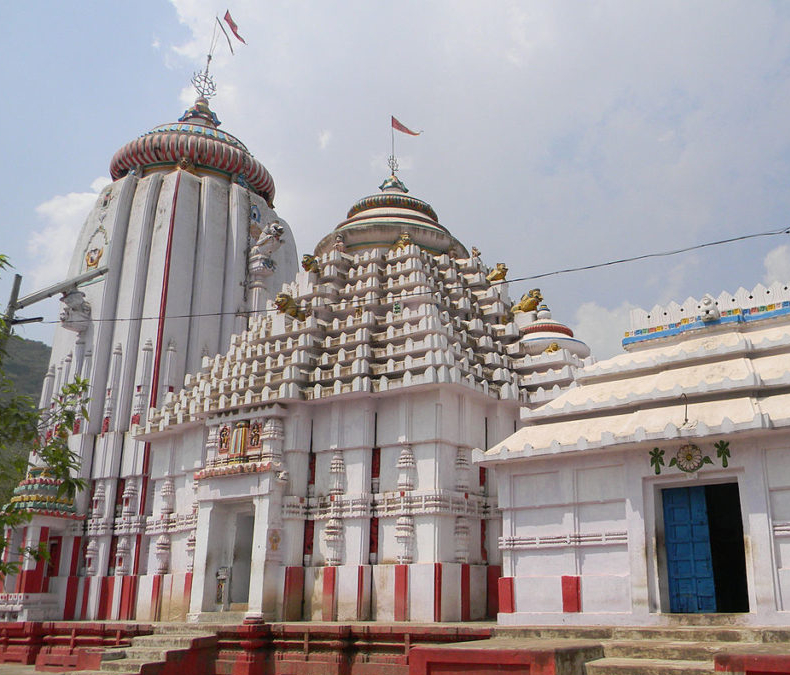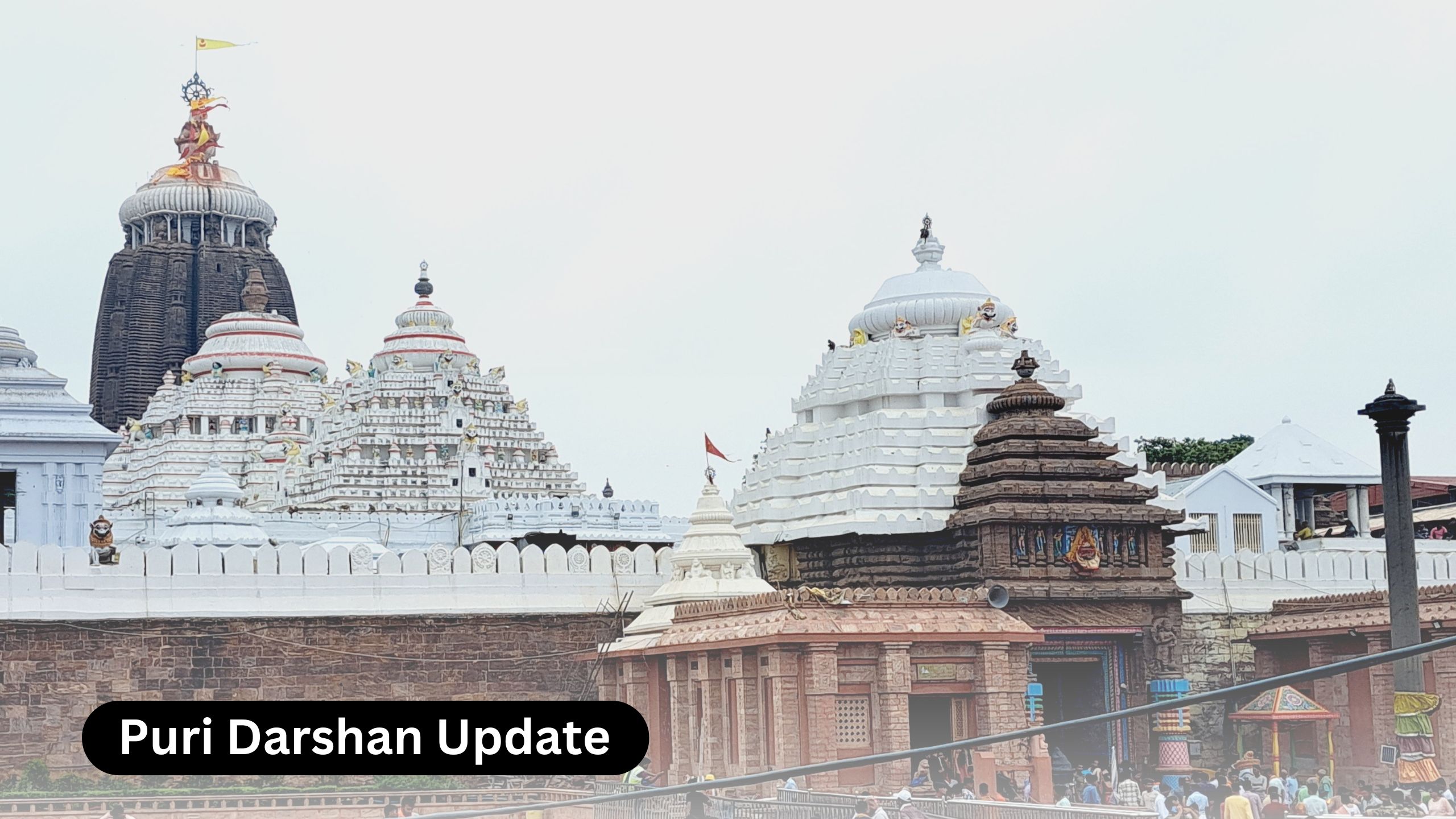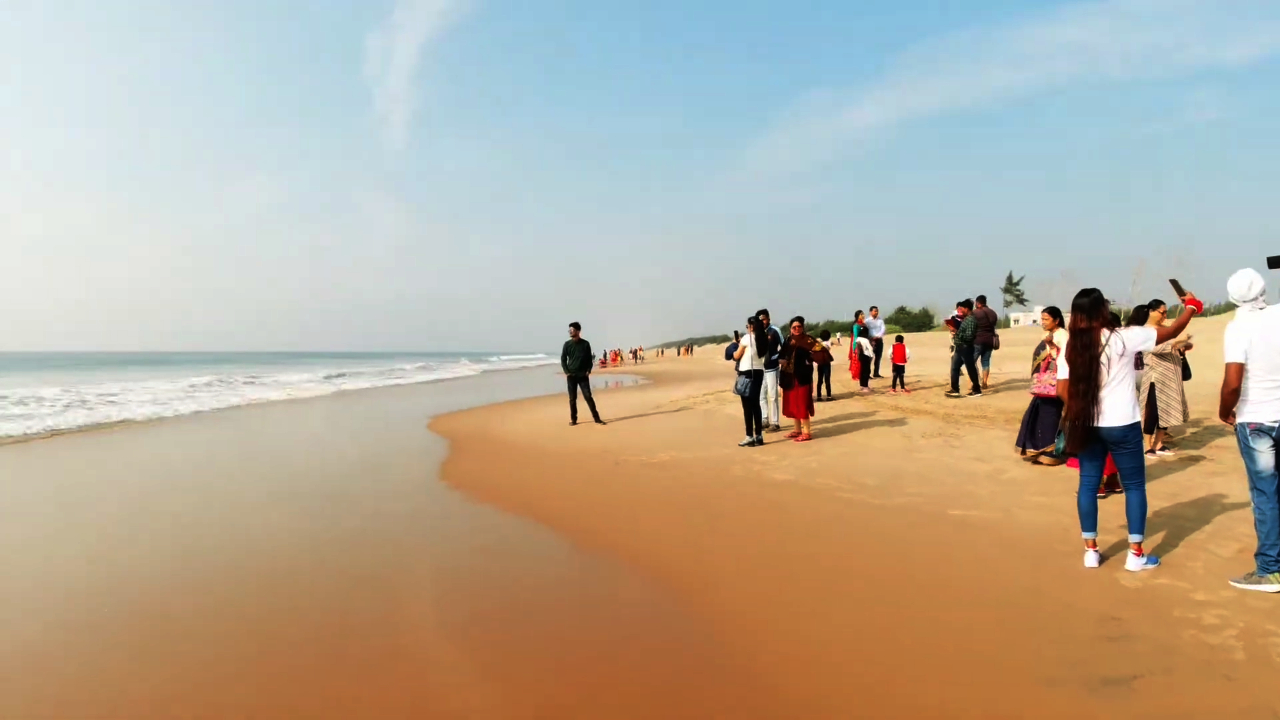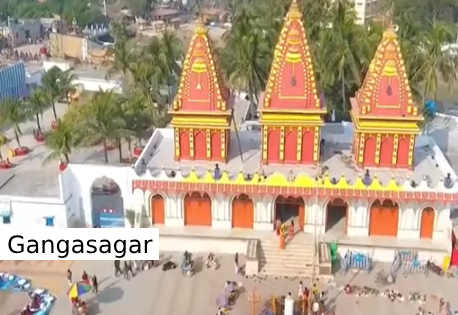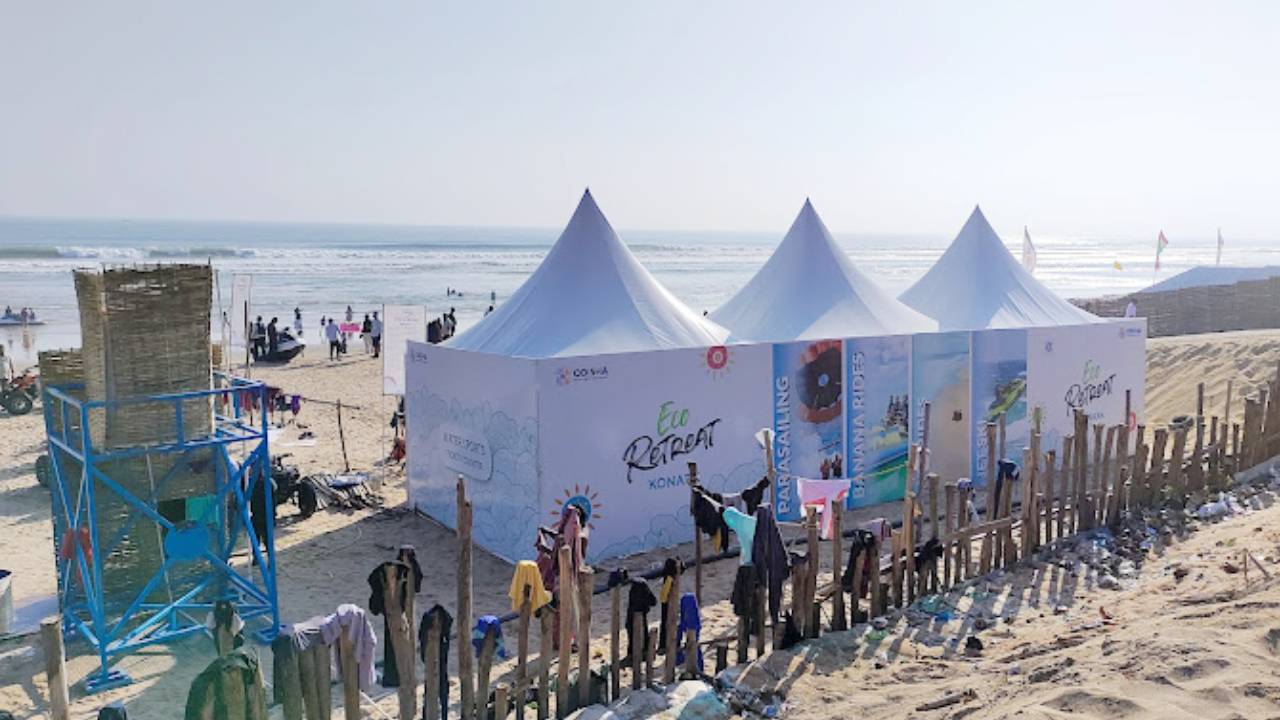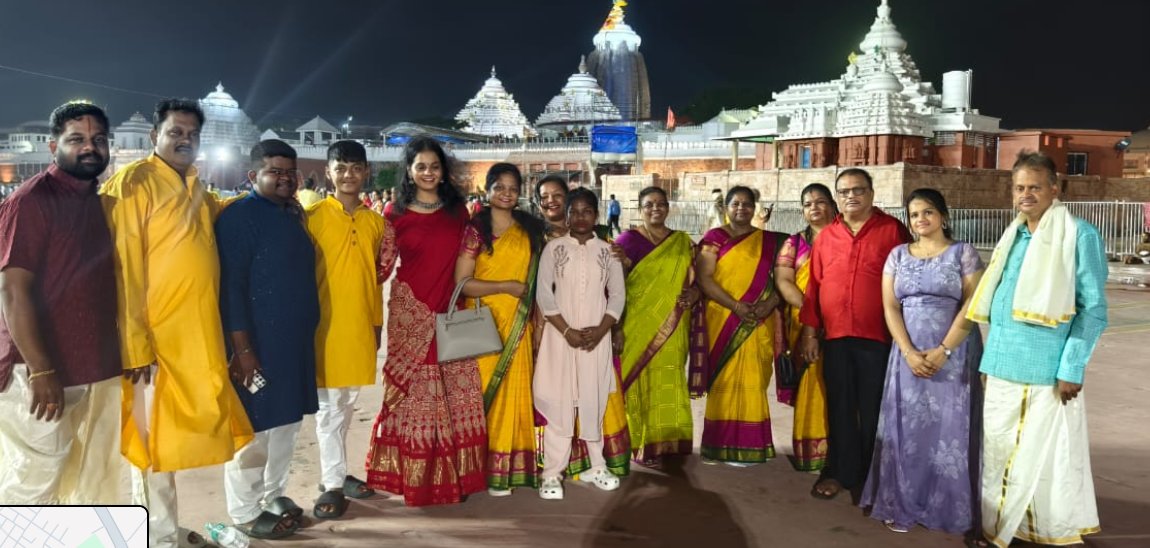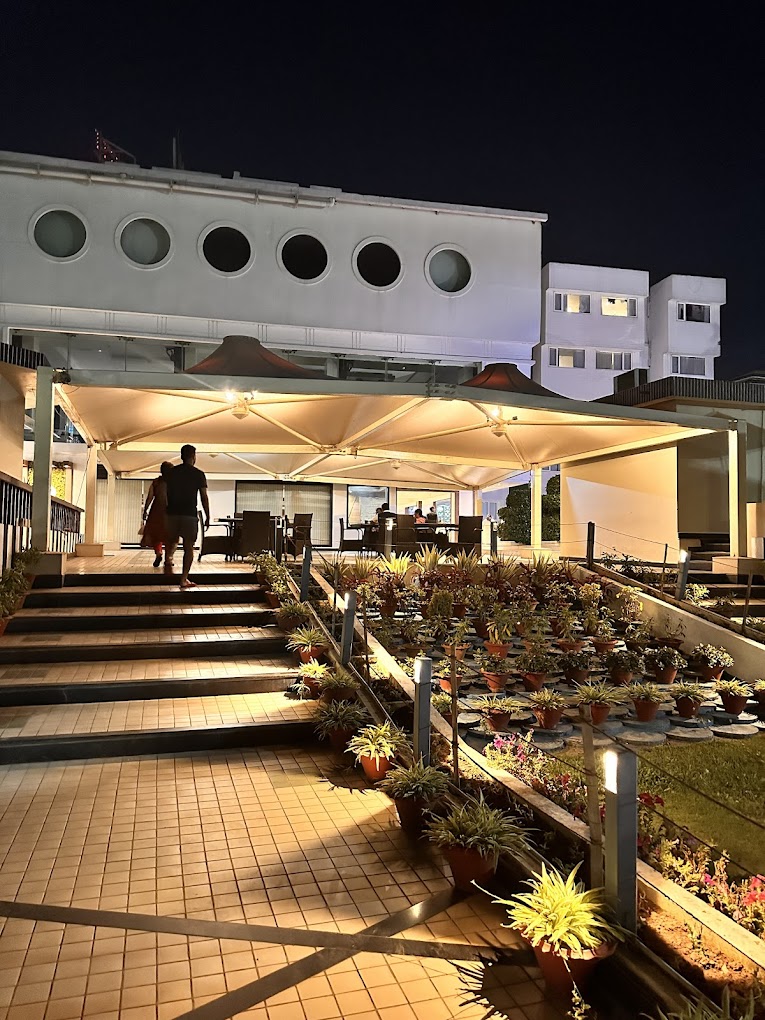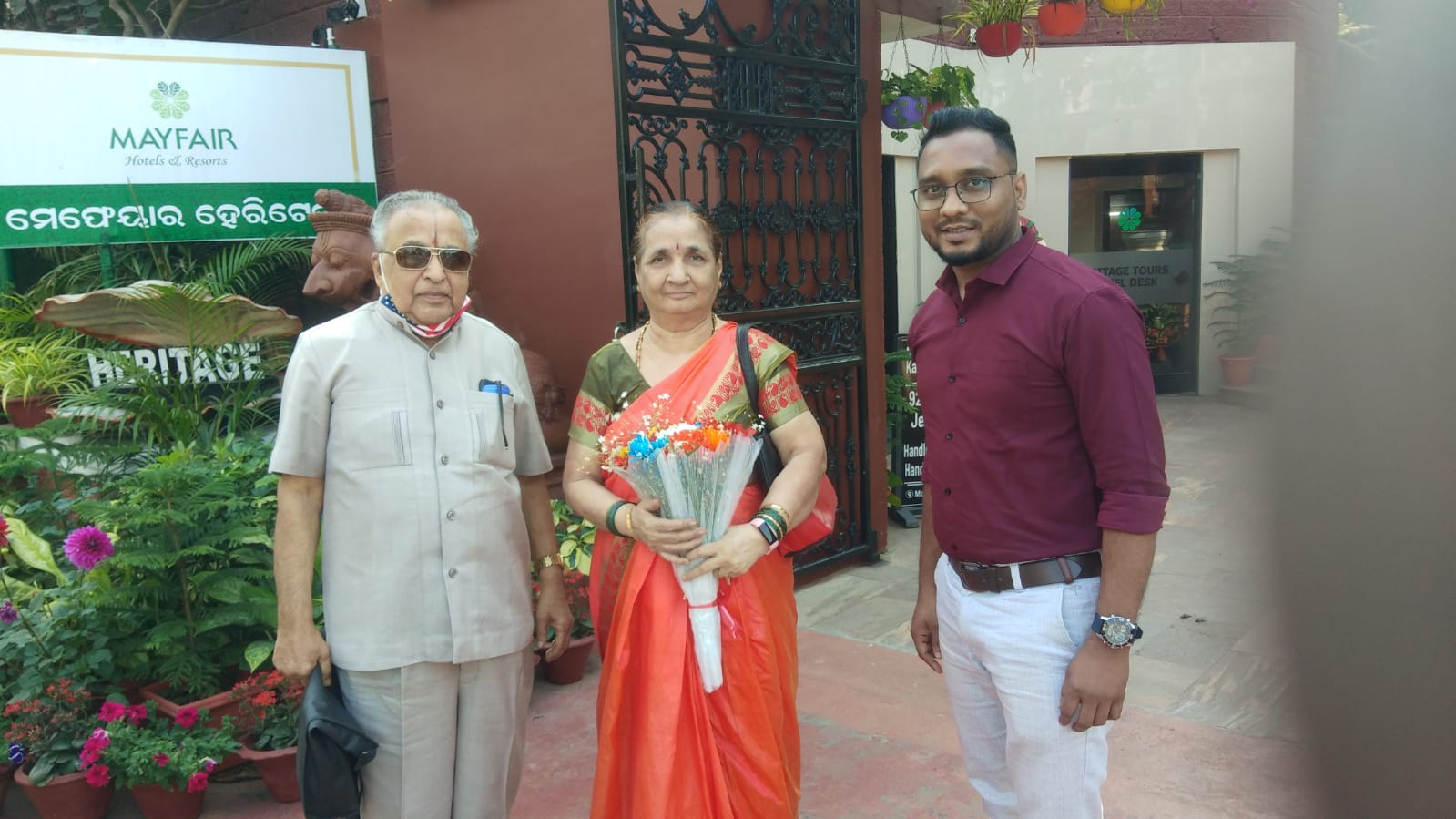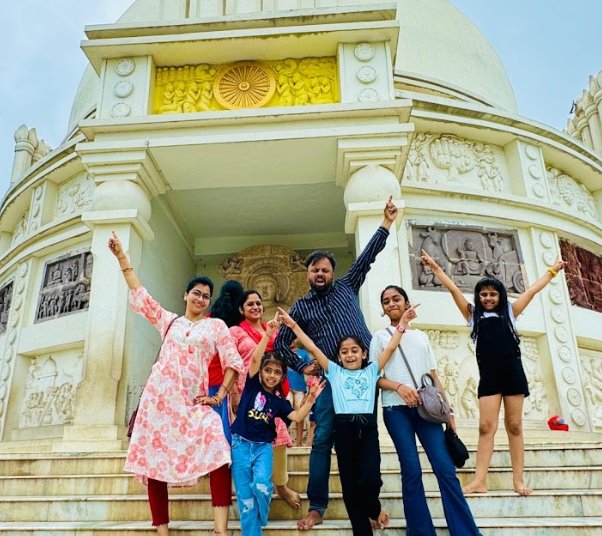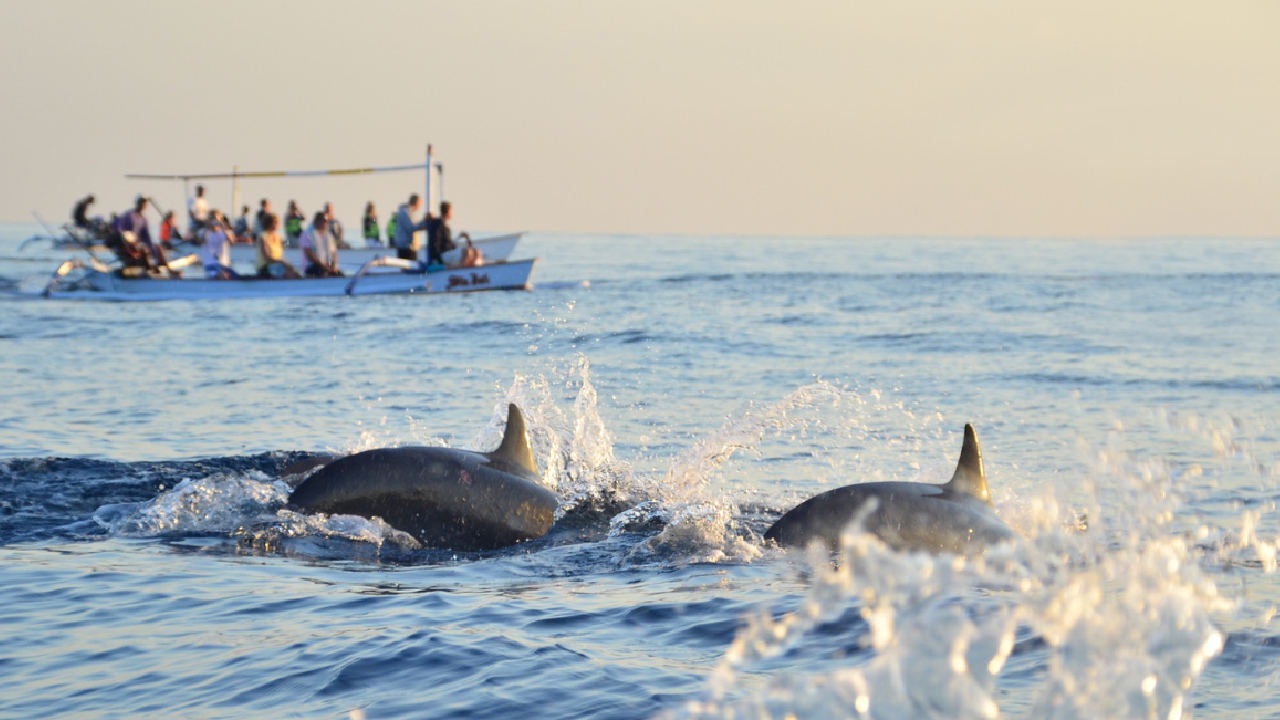Besides the temple of Lord Jagannath, Puri is home to other sacred places. Among these are the five sacred bathing spots known as the Pancha Tirtha: Indradyumna Tank, Markandeya Tank, Swetaganga, the Mahodadhi (Sea), and Rohini Kunda. It is believed that a visit to Puri is incomplete without performing the Pancha Tirtha ceremony, which involves bathing in these five holy tanks. By visiting Lord Jagannath and bathing in the Pancha Tirthas, pilgrims are believed to attain salvation.
Pancha Tirtha, also known as the Five Holy Places, refers to the sacred sites located in Puri, India. These five Tirthas hold immense religious significance for Hindu pilgrims.
Mahodadhi (The Great Ocean)
Mahodadhi is called Pancha Tirtha in Puri is because it is one of the five sacred pilgrimage sites in the city. Mahodadhi, meaning “great ocean,” holds immense religious significance in Hindu mythology and is considered a holy body of water. It is believed that taking a dip in the waters of Mahodadhi can cleanse one’s sins and purify the soul.
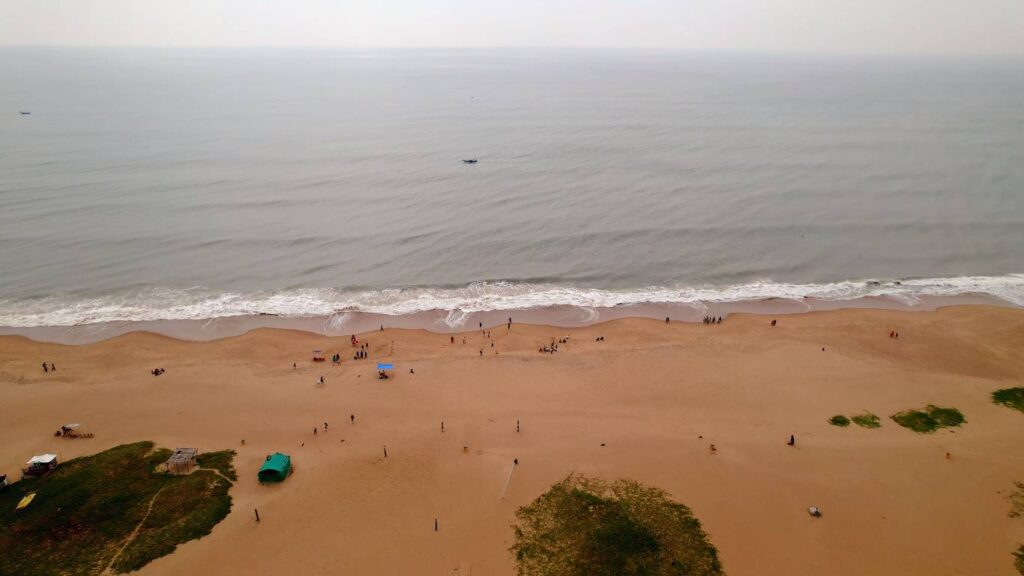
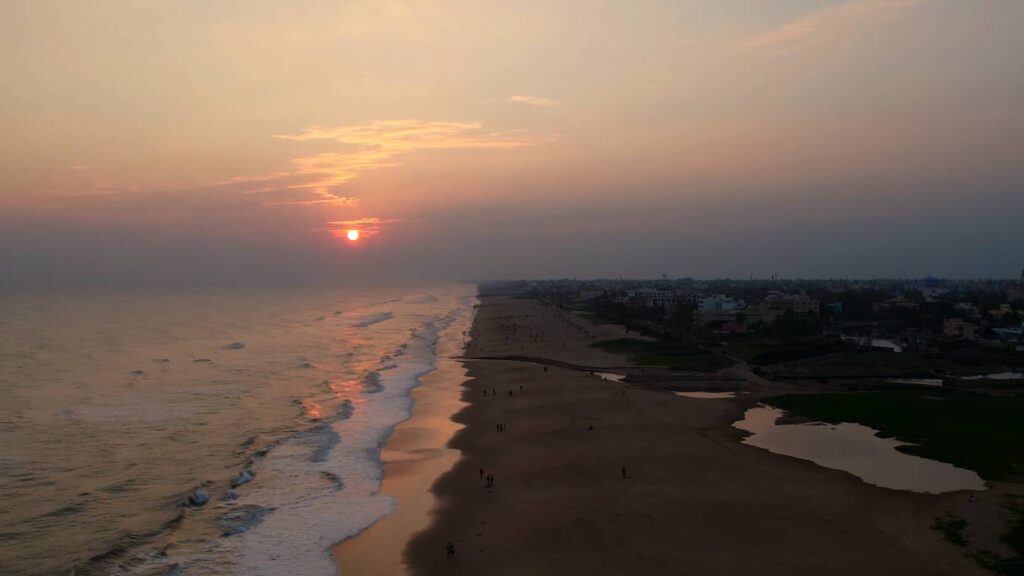
Indradyumna Tank
Indradyumna Tank is a key landmark in Puri, India, and is part of the Pancha Tirtha pilgrimage. Named after the legendary King Indradyumna, who is linked to the Jagannath Temple construction, this sacred tank is vital for religious practices. Devotees believe that bathing in its holy waters purifies sins and brings spiritual renewal. Tank’s serene environment offers a peaceful spot for reflection, making it a cherished site for both worshippers and visitors. As a part of Pancha Tirtha, it enhances the spiritual experience in Puri, connecting pilgrims to the rich cultural and religious heritage of the region.
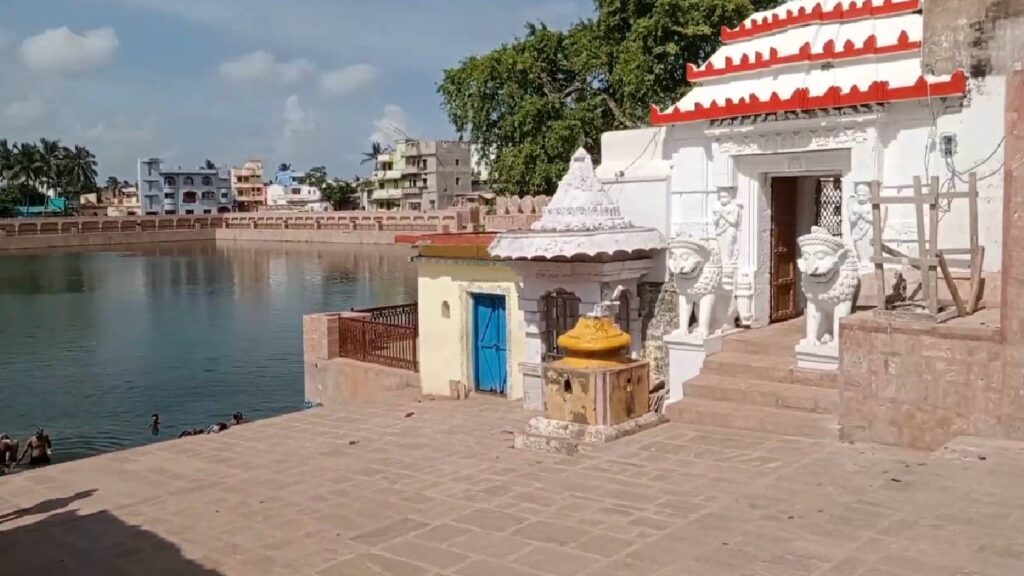
Indradyumna Tank
Markandeya Tank
God saved Sage Markandeya from a severe danger from the sea. Place where God saved Markandeya is known as Markandeya, a holy site. On that spot, Markandeya meditated for a long time, grasped the spirit of the Bhagavat, and arranged a Yagna. Temple was constructed by Sage Markandeya at this location. Markandeya Tank, which exists beside the temple, is one of the Pancha Tirthas of Puri.
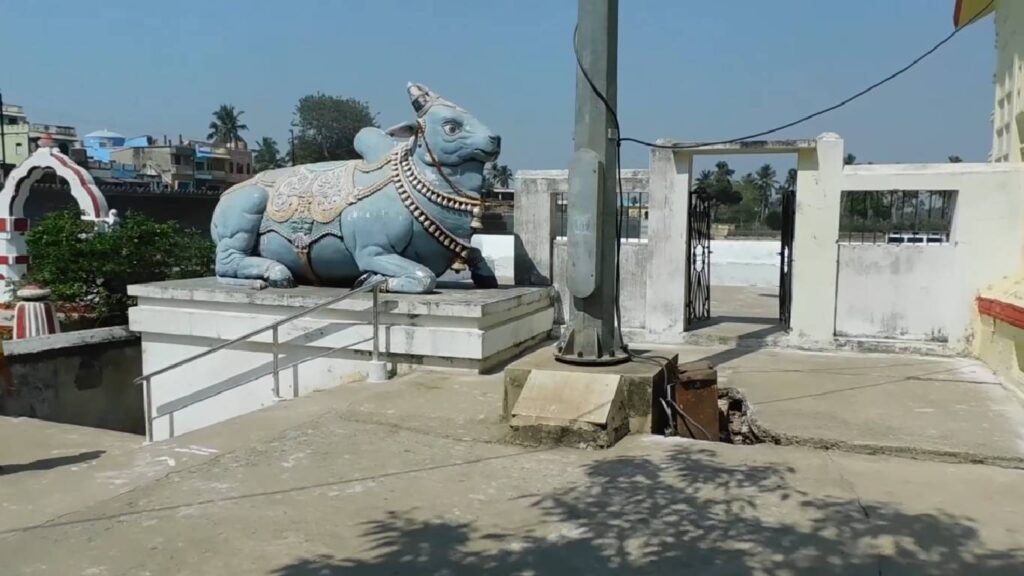
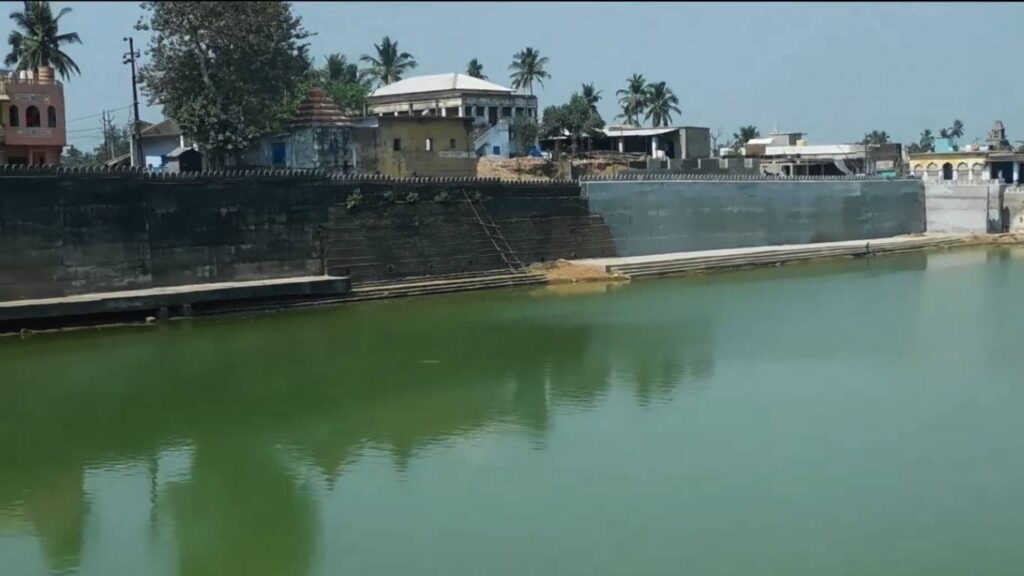
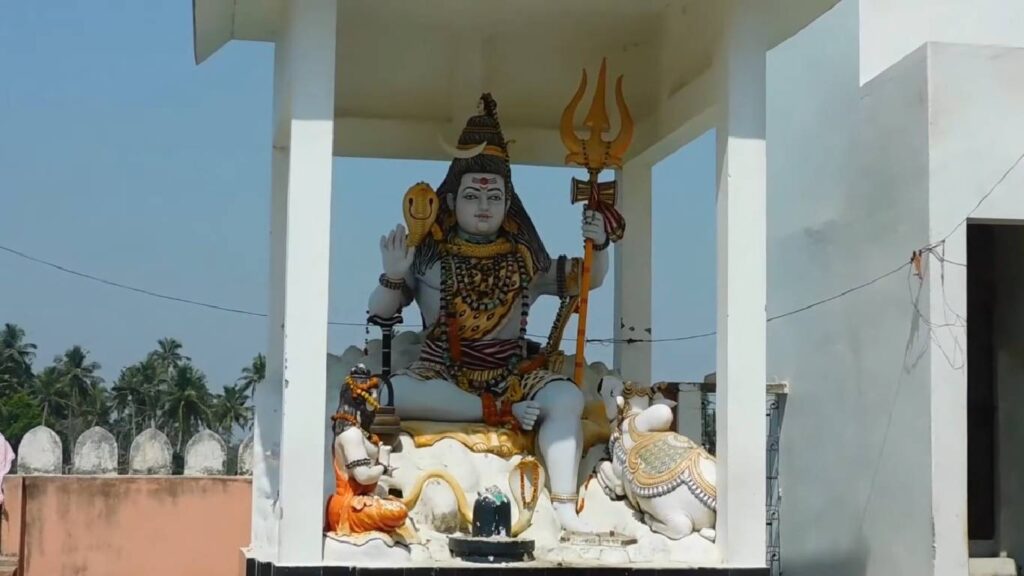
Swetaganga
Swetaganga is a small sacred tank situated to the west of the Jagannath Temple in Puri. According to the Mahabharata, Swetaganga was created from the nail of Lord Vishnu. Located between the Lions Gate and Swargadwar, this tank is considered sacred as its water is believed to come from the bottom of the earth. Pilgrims often bathe in the sea and then in Swetaganga before visiting Lord Jagannath. It is believed that there is an internal connection between Swetaganga and the river Ganga. On the bank of this pond are two small temples dedicated to Sweta Madhava and Matsya Madhava.
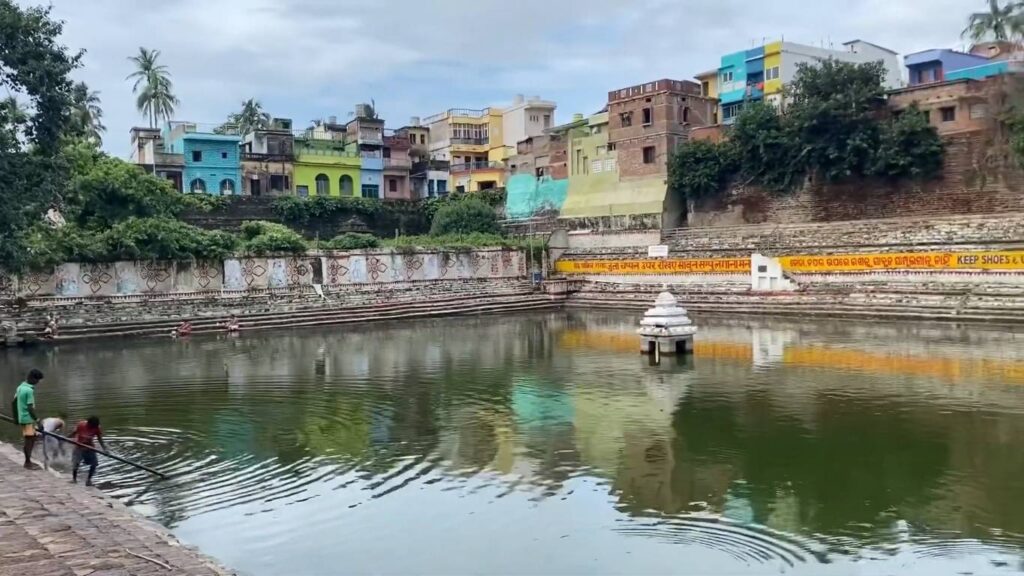
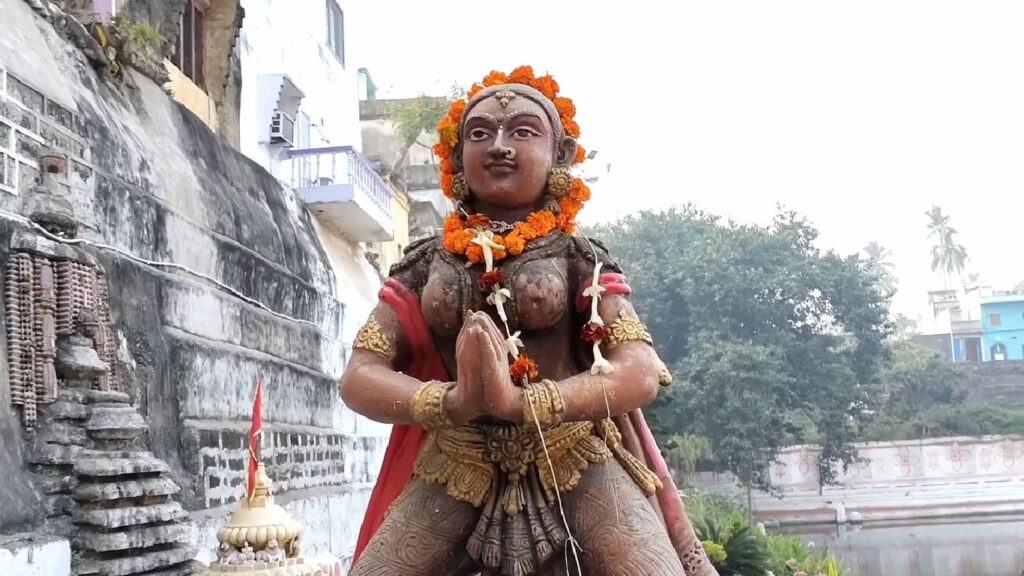
Rohini Kunda
Rohini Kunda is a revered site among the Pancha Tirthas in Puri, situated within the Lord Jagannath Temple and directly in front of the Goddess Vimala Temple. This sacred area features distinctive symbols: a four-foot wheel and a crow. Water here, known as ‘Karana Water,’ is believed to be a primordial essence and is carefully preserved within Rohini Kunda.
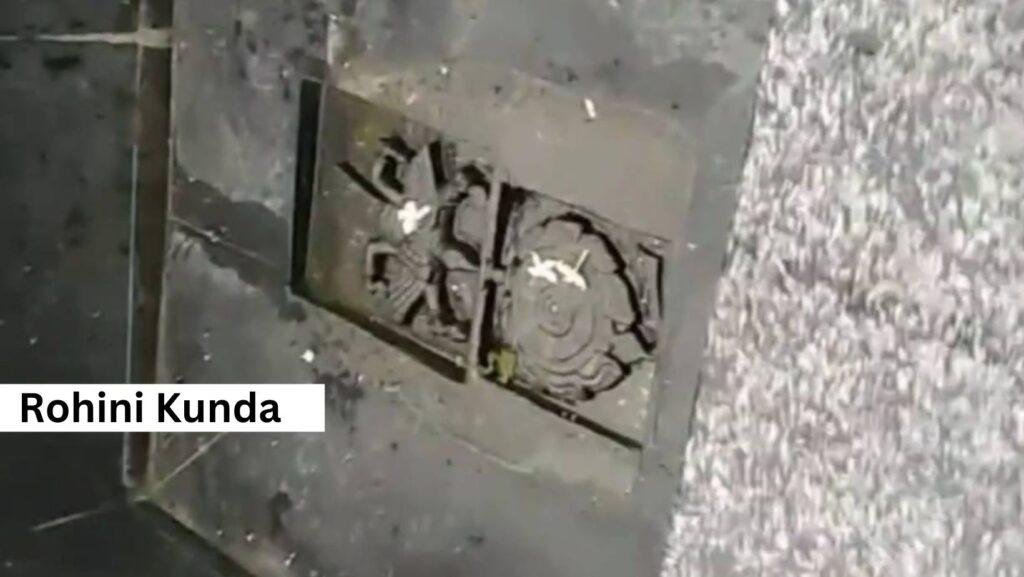
Legend holds that after the construction of the Jagannath Temple, King Indradyumna invited Brahma to consecrate it. During this time, King Galamadhava claimed the temple as his own, leading to a dispute. Brahma’s presence resolved the conflict, with the crow and wheel symbolizing the divine endorsement of King Indradyumna’s claim. King Galamadhava then dedicated himself to Lord Jagannath, remaining by the holy water and offering his prayers.
Rohini Kunda’s deep spiritual significance and its association with these legendary events make it a cherished pilgrimage site, connecting devotees with the rich heritage and divine presence of Puri.
Secret Of Panchatirtha Puri Jagannath Dham
- Indradyumna Tank: Tank is associated with King Indradyumna, who is believed to have discovered the original wooden idols of Lord Jagannath, Balabhadra, and Subhadra. Pilgrims bathe here to purify themselves before visiting the Jagannath Temple.
- Markandeya Tank: Named after Sage Markandeya, who meditated here and performed rituals. It is said that God saved him from a severe danger from the sea at this spot.
- Swetaganga: According to the Mahabharata, Swetaganga was created from the nail of Lord Vishnu. It is believed to have an internal connection with the river Ganga, and pilgrims often bathe here after bathing in the sea.
- The Sea (Mahodadhi): The sea at Swargadwar is considered a sacred bathing spot. Daily Samudra Arati (sea worship) performed here adds to its sanctity. Bathing in the sea is an essential part of the Pancha Tirtha ritual.
- Rohini Kunda: Located inside the Jagannath Temple, this kunda is believed to contain ‘Karana Water,’ the origin of creation. Legends say that King Indradyumna invited Brahma to consecrate the temple, and a dispute with King Galamadhava was resolved here, with divine symbols testifying in favor of Indradyumna.
Also Read: Jagannath Puri Temple | Puri Lokanath Temple | Mata Matha Puri
FAQs
What are the Pancha Tirtha of Puri?
Pancha Tirtha of Puri are five sacred bathing spots that are essential for completing a pilgrimage to Puri. They include Indradyumna Tank, Markandeya Tank, Swetaganga, the Sea (Mahodadhi), and Rohini Kunda.
Where is Indradyumna Tank located?
Indradyumna Tank is located near the Gundicha Temple in Puri. It is associated with King Indradyumna and is considered a holy site for pilgrims.
What is the significance of Markandeya Tank?
Markandeya Tank, situated near the Markandeshwar Temple, is traditionally the starting point for pilgrims visiting Puri. It is named after Sage Markandeya, who meditated and performed rituals here.
What makes Swetaganga special?
Swetaganga is a small sacred tank located to the west of the Jagannath Temple, between the Lions Gate and Swargadwar. According to the Mahabharata, it was created from the nail of Lord Vishnu. The tank is believed to have an internal connection with the river Ganga.
Why is the Sea (Mahodadhi) considered a Pancha Tirtha?
Sea, or Mahodadhi, at Swargadwar is considered a sacred bathing spot. The daily Samudra Arati (sea worship) performed here adds to its sanctity. Bathing in the sea is an essential part of the Pancha Tirtha ritual.
What is the legend associated with Rohini Kunda?
Rohini Kunda, located inside the Lord Jagannath Temple and in front of the Goddess Vimala Temple, features a symbol of a wheel and a four-foot crow. It is believed to contain ‘Karana Water,’ the origin of creation. Legends say that King Indradyumna invited Brahma to consecrate the temple, and a dispute with King Galamadhava was resolved here, with divine symbols testifying in favor of Indradyumna.
